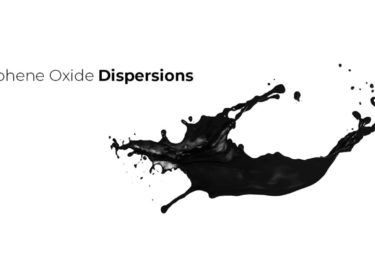Synthesis of Reduced Graphene Oxide
Graphene oxide is basically an electrically insulating material that is reduced from graphene and is considered as a highly conducting material with numerous applications in the fields of sensors, supercapacitors, nanocomposites, and nanoelectronics. There are a lot of methods to synthesize reduced graphene oxide. Graphene oxide layers contain numerous functional groups serving in the oxidization

